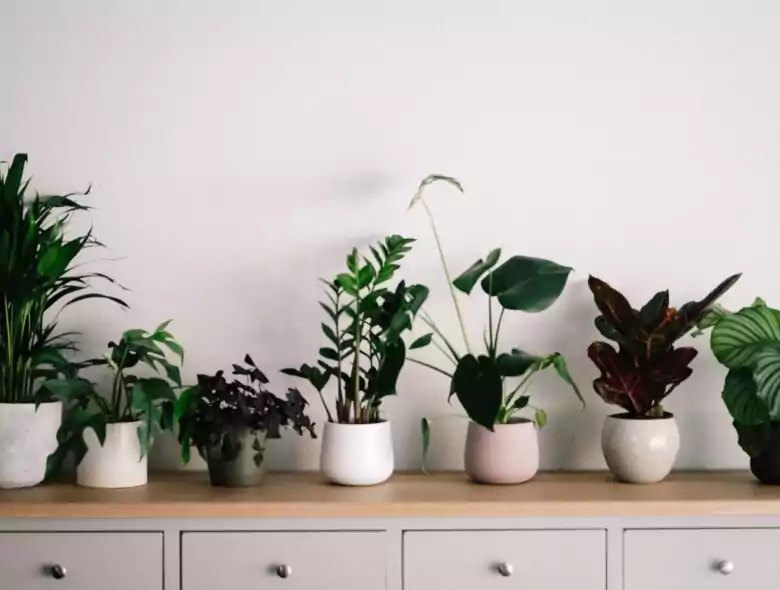House plants are a great way to bring the beauty of the natural world into the home – house plants can make spaces beautiful, peaceful, and serene by adding color and life to our living spaces.
There are other reasons to have plants too, and studies show that plants boost our moods, improve sleep, eliminate air pollutants, and even boost our concentration. In other words, houseplants not only look good, but they also make us feel good.

Not many of us get to spend as much time outside as we would like, and so bringing plants inside is a good way to feel in touch with nature. But do not worry, you won’t have to be an expert gardener to take care of plants – there are many indoor plants that are very easy to take care of.
To help you begin collecting plants, read on to find the easiest plants to take care of, suitable for beginners.
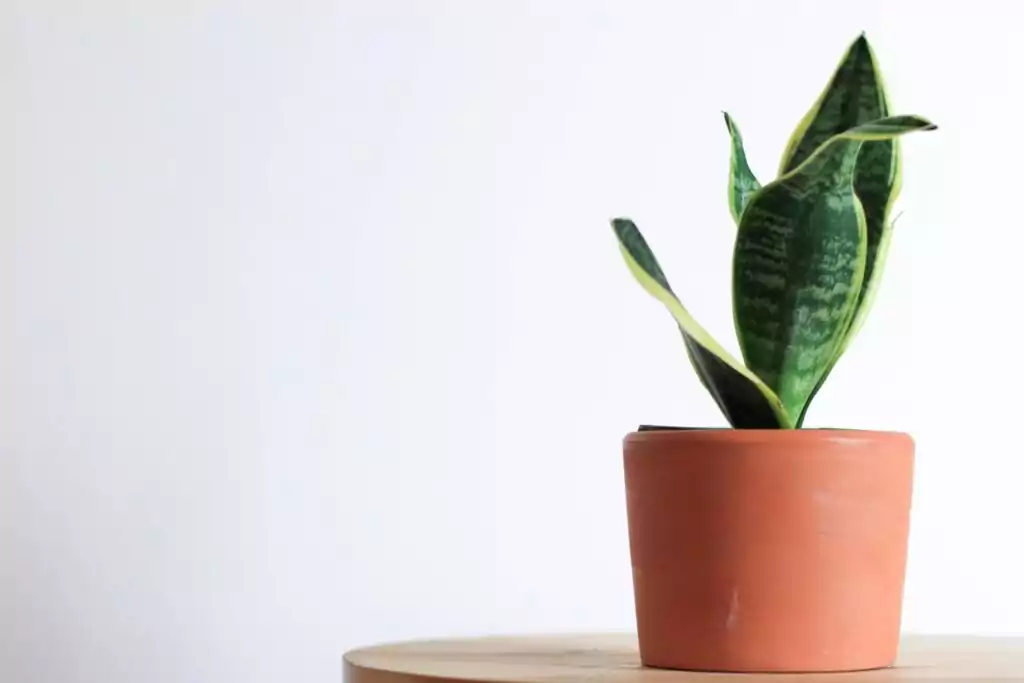
Snake Plants
The snake plant is a visually striking plant and looks somewhere between a leafy plant and a cactus. Its stripey leaves are very sharp, and the twisted, thin shape is what has given them it’s snake name.
The snake plant has become a go-to plant for beginners because it is very easy to care for, and it always looks fresh. You won’t have to worry about missing a few waterings with this plant – it can go without water for a very long time, and it does better with less water. The snake plant isn’t fussy about location either. The only thing you should keep in mind is that snakesplants generally prefer warmer conditions and will suffer if exposed to cold temperatures.
The snake plant is also a handy air purifier – it has been known to remove toxins in the air from your home.
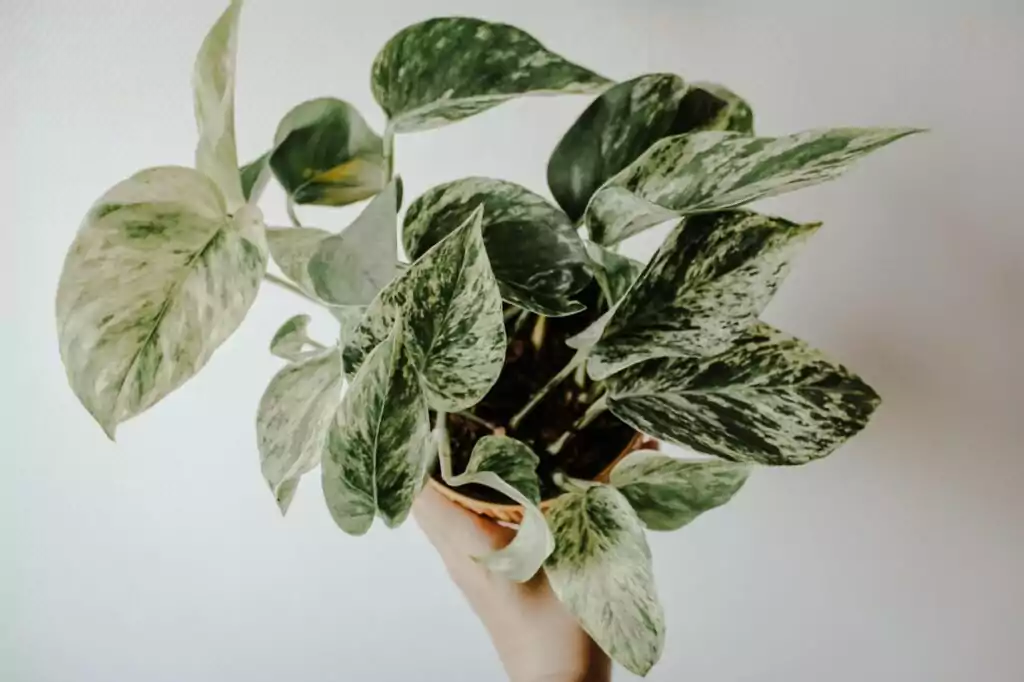
Pothos Plants
If snake plants are not for you, another beginner-friendly plant to consider is the Pothos, which is another plant with an easy-care regime. It is also a trailing plant, so it is a great way to add color to your home. You can trail them from high shelves or cupboards or dress them along a worktop or along a window.
The Pothos does well in bright and indirect sunlight, as well as low light, so anywhere in your home should be good if there is not a cold wind coming through. So, keep them out of doorways. They can be grown in pots and in water. They have been known to be kept in bathrooms and offices because they can tolerate being in rooms with low light levels.
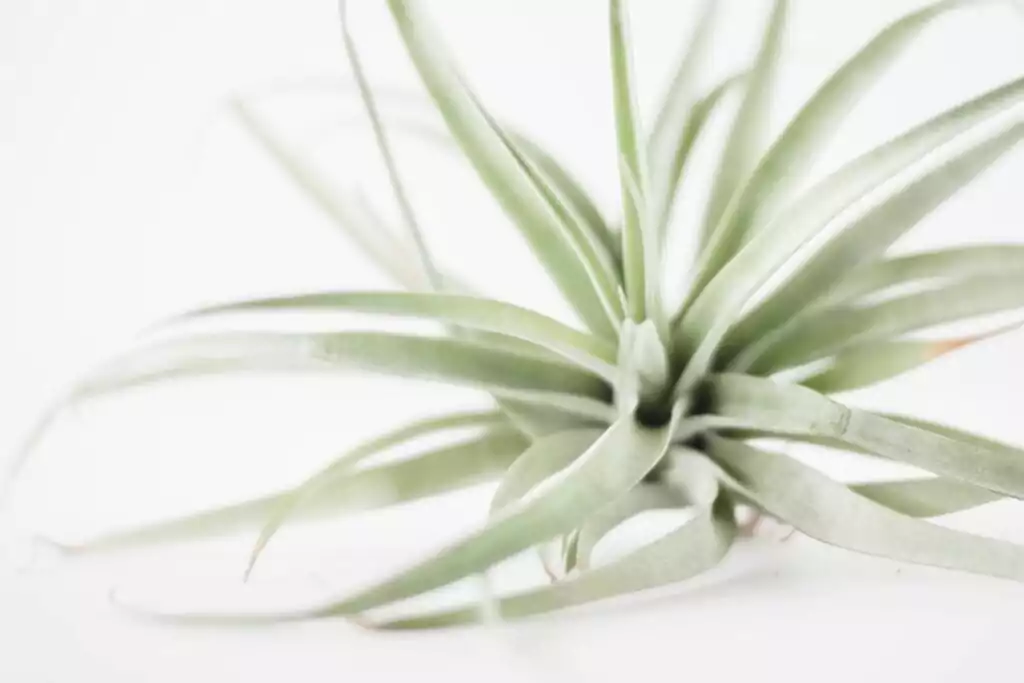
Air Plants
Just as Pathos can be grown without soil and in water, the air plant doesn’t need water or soil as a bed – that’s how it got the name air plant. These plants have become very trendy in the last few years thanks to the low quality of care that they require. This means they can live quite happily on the shop shelves waiting for someone to come along and buy them. However, they do still need a little attention and care.
Air plants don’t have roots like other plants; they have tiny roots which cling to the surface of the water. In their natural environment in the humid areas of South America, these roots are just enough to take some of the water out of the air. You’ll need to water your air plants around once a month, and this just means placing them in water for 3 to 4 hours and letting the plant soak up the water that it needs. Otherwise, keep the air plant out of direct sunlight, and that’s all you’ll need to take care of it.
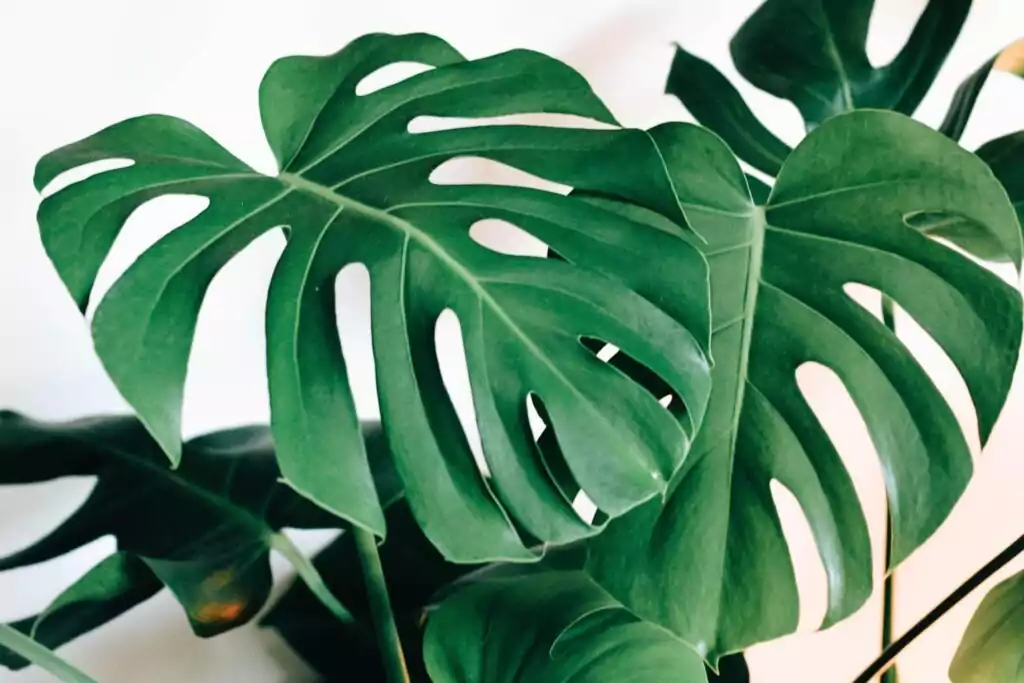
Monstera Plants
The Monstera has become one of the most popular and recognizable house plants – it has been nicknamed the cheese plant because it resembles Swiss cheese with it’s odd-shaped holes. The Monstera needs a little extra care when compared to the other plants on this list, but they are still great plants for beginners.
Monsteras like a warm and humid environment, with plenty of water and gentle sunlight. You should consider this when placing the plant in your home. Make sure to place it somewhere bright, yet do not put it somewhere that gets direct sunlight. Also, keep it away from doors that may bring cold air inside.
Monsteras love soil that is slightly moist but make sure the soil dries out between waterings so that you do not risk overwatering the plant. Once 2 – 4 inches of topsoil and dry, then it is time for the plant to take a drink.
You can also rotate the plant so it receives equal sunlight – this way, it will encourage growth around all areas of the monstera plant.
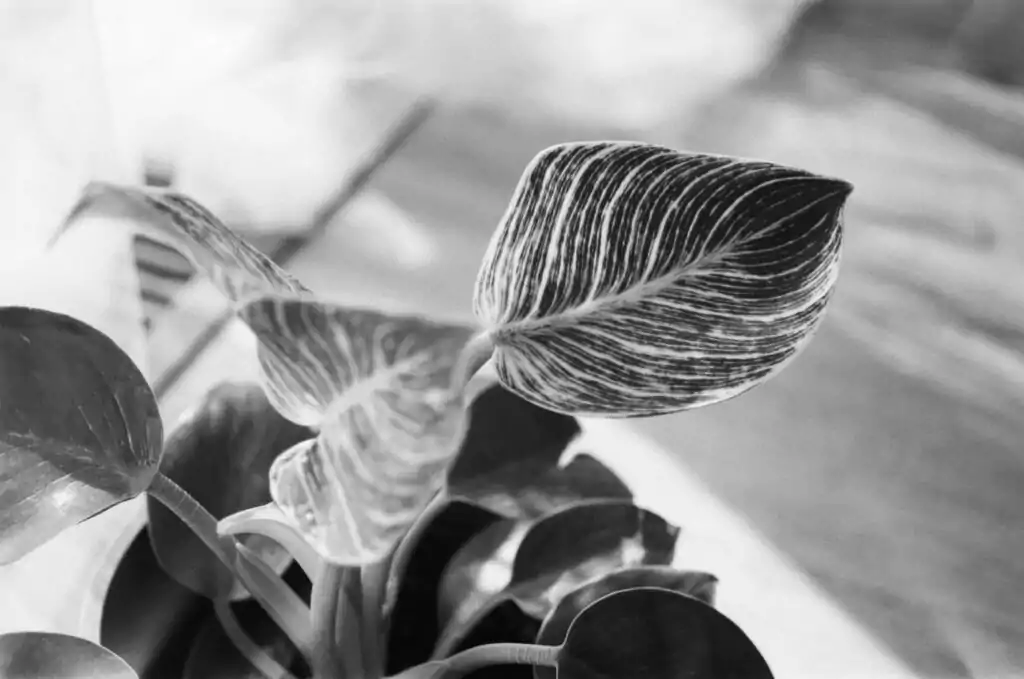
Philodendron Plants
Philodendrons are another plant that is suitable for beginners but a little harder to take care of when compared to air plants and snake plants. The philodendron likes indirect light, so make sure not to place it somewhere where it will get direct sunlight. However, it does not like low lights, so keep it in a bright room.
You should water the plan when around 75% of the soil is dry – if the topsoil is moist, then it does not need watering. When you do water the philodendron, you should keep watering until wastewater falls out of the drainage hole at the bottom of the pot – make sure not to leave the plant sitting in water.
One thing to remember is that the philodendron is toxic to pets and humans, so it might not be the best idea to keep this plant with animals that are likely to chew on it, such as rabbits or young dogs.

There are many plants suitable for beginners, and it won’t take long until your apartment looks bright and colorful, thanks to a range of beautiful indoor plants. If some of these plants have caught your interest, give them a go, as they really make life in your Village House apartment even better!
Related articles:
- I’m Moving! What Should I Do With My Plants?!
- Interesting Houseplants for your Apartment
- Top 5 Easy Indoor Plants for Your Home
- Best 5 Plants for a balcony garden in Japanese Apartments
- The Best Balcony Plants


